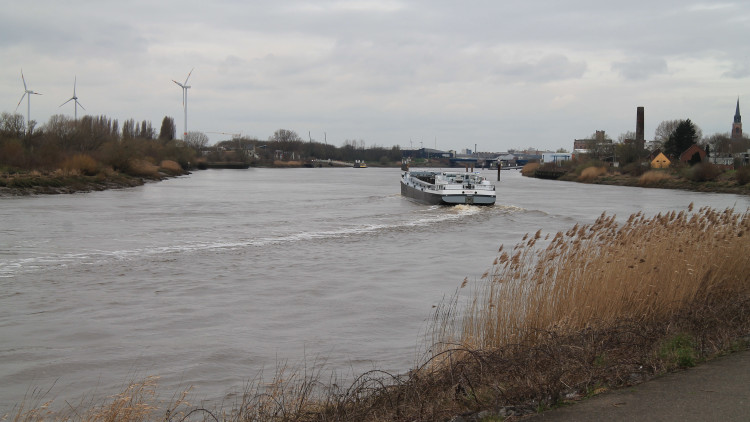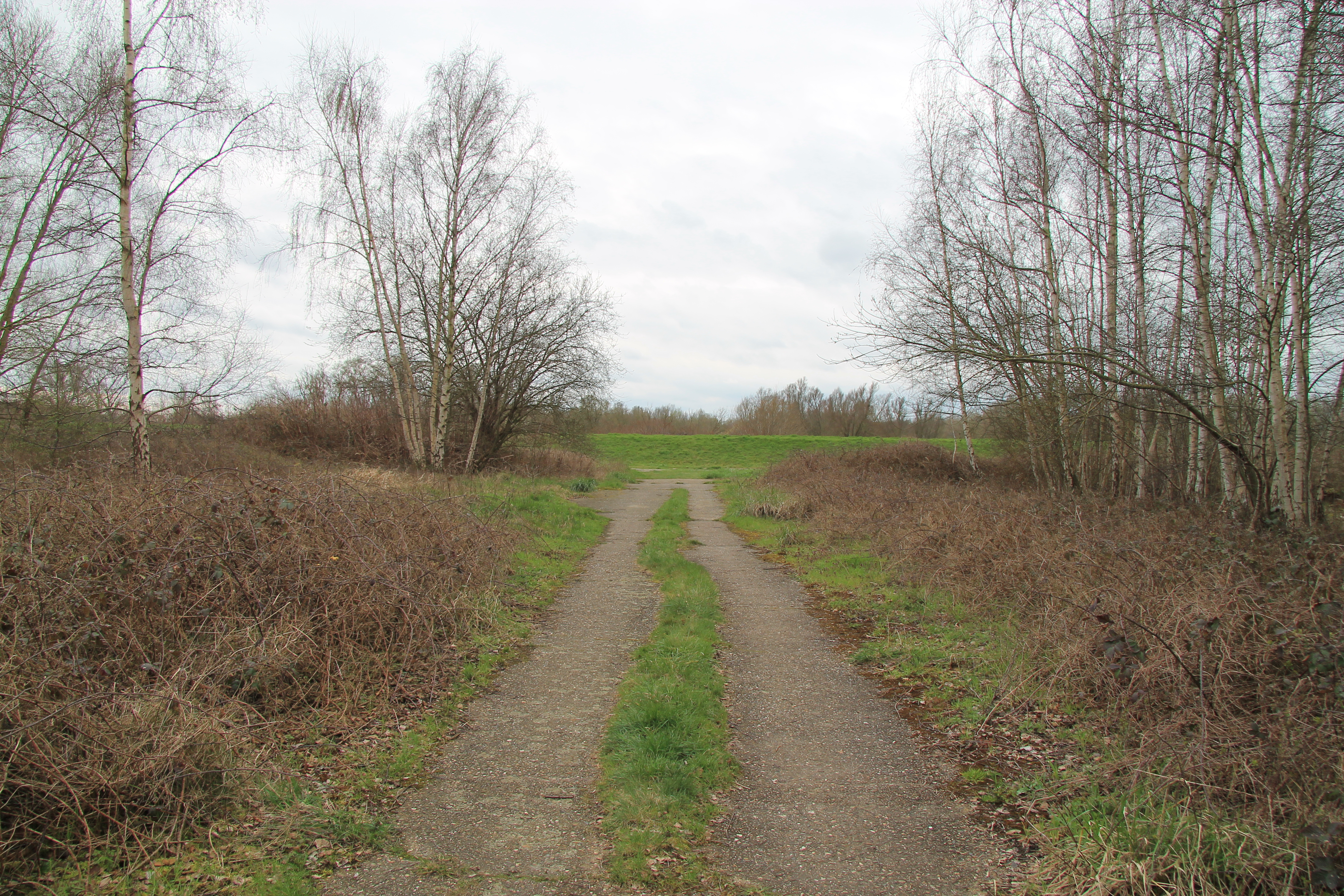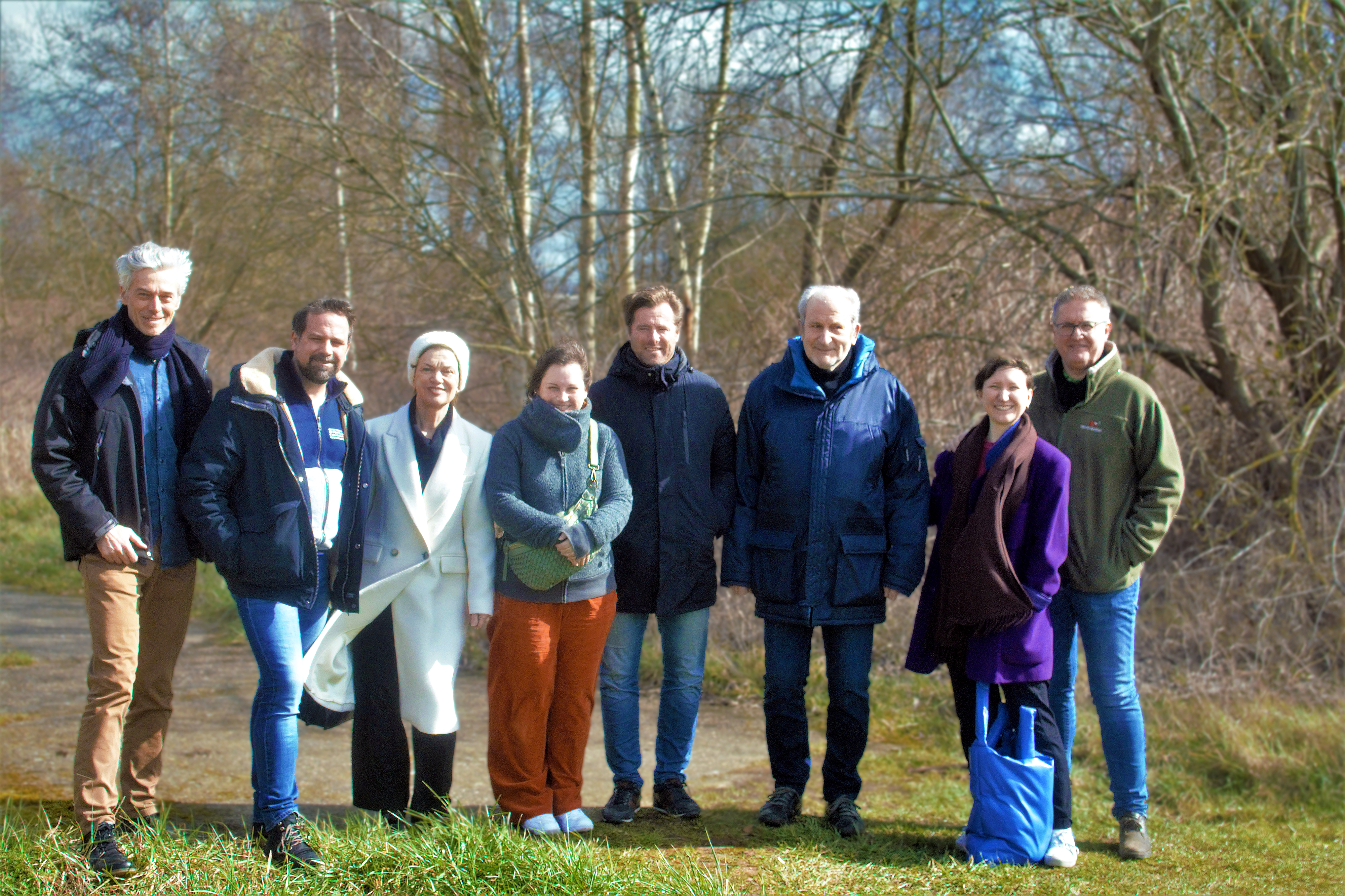And Clay Commons starts in Boom!

We have started working on the Clay Commons project, which is part of the Art Living Lab for Sustainability, funded by the Creative Europe program.
Clay Commons is part of the Art Living Lab for Sustainability, funded by the Creative Europe program, which supports three initiatives that promote partnerships between agents in the European Union to open up ecosystems of innovation and come up with nature-based artistic solutions in France, Spain and Belgium. Clay Commons takes place in Boom, a small village in Flanders (Belgium). Over the past centuries, Boom grew to have an important Brick production. While this led to wealth in the second half of the 19th century and the first half of the 20th century, the industry collapsed around 1970s when the clay quarries became exhausted. In the future, the exhausted clay soil will be given a new purpose as a nature reserve park. An art work near this site, in which clay plays the leading role, can highlight the new ecological situation emerging on the excavated land and can offer historical insight in Boom’s industrial past.
We started this process together with the Flemish Land Society, an associated partner. While working on a broader land development project in area around Boom, they stumbled upon the industrial past of the village and its dramatic consequences. The municipality, feeling responsible, wants to make peace with the past by emphasizing the future. They were joined by residents of the village and formed a consortium of patrons.
On Monday March 23, 2023 we, Thérèse Legierse - director of de Nieuwe opdrachtgevers - and I, - mediator of the project - had a first meeting in Boom. The group of patrons was complete and very excited to start this process. Before we focused on the story of Boom, we told them about the overall European program this specific project is part of. We explained the Art Living Lab for Sustainability and the Creative Europe program. We also elaborated further on the projects in Spain and France and their missions.

After this introduction, we gave the floor to the patrons. They gave us an interesting insight in the history Boom and its brick industry: how it started, the impact on the village, the villagers and region in the past and today, and how it eventually collapsed and disappeared. They also shed more light on the ecological consequences and how the landscape changed due to the mining and the ground pollution. Besides the historical context, the patrons told us a bit more about the site and area intended for the art work. They explained that the pollution was not only the result of dumping chemical waste. For the most part, the ground was polluted because of the brick production.
Simultaneously, we presented some first ideas regarding the art work. In the weeks leading up to this first meeting, we researched different possibilities regarding artists and their interests in clay, bricks, traditional firing process and backing, clay mining,… Using books, images, and others we talked about artists that are inspired by traditional firing processes and the creation of bricks, as well as artists who have broaden interests and have expanded the possibilities of working with clay.
Based on the stories of the patrons and the art examples we talked about, we were able to define the general outline of the art project together. The patrons agreed to use the material clay as starting point for the art work. By using the source that was so vital for Boom, the work can highlight its importance, as well the industry that shaped the village economically and rurally. They also acknowledged the site intended for the art work. They agreed that by placing the art work near the entrance of the ecological park, it can raise physical attention the new future of the polluted ground as ecological natural reserve park.

After this brainstorm, Stefan Van Riet, the project leader who is responsible for the land development project by the Flemish Land Society, gave more information about the plot intended for the art work. The land lies along the embankment of the Rupel, the river that runs through Boom. It is beside the path that will function as the trail to the nature reserve park which will be landscaped in the future. Van Riet repeated that the area is very polluted. The large waste dump with asbestos, slip and gypsum and residues from the brick production shows the consequences of industry for the land and people that use it. Van Riet added as well that the plot does not only lie besides the pathway, but that is also lies on the border with Rumst, the next village. As many bikers, hikers and others use the embankment, the art work will also function as an entrance to Boom when crossing the border. The work of art will be the first thing you notice and will become important to tell the new future and story of Boom.
We finished our first meeting visiting the plot in Boom together. We enjoyed the first rays of spring sun while walking along the embankment towards the site, where we experienced the pathway and got a good sense of the site and the many stories and possibilities it carries.
We are very excited to be back in Boom soon!
